
About PVC
Polyvinyl chloride, or PVC, is one of the most widely used polymers in the world. Because it is so versatile, PVC is used extensively in a broad range of industrial, technical and everyday applications.
PVC is an intrinsically low-carbon plastic: 57% of its molecular weight is accounted for by chlorine derived from common salt, 5% by hydrogen and 38% by carbon. It is recyclable and is increasingly being recycled. The European PVC industry has been working hard to boost collection and improve recycling technologies.
Several recent eco-efficiency and LCA studies of major PVC applications have shown that in terms of energy use and GWP (global warming potential), the performance of PVC is comparable to that of alternative products. In many cases, PVC applications resulted in both lower total energy consumption and lower CO2 emissions.
Due to its light weight, durability and stability, PVC can offer energy, cost and material efficiency gains for sectors such as building and construction, water distribution, health and transportation. Whether it is rigid or flexible, PVC(decorative film pvc) helps to make cars lighter and resistant against corrosion, it enables windows to last longer, allows fresh water delivery through the use of durable piping, and stores blood to save and improve people's lives.
A unique advantage of PVC is the possibility is its ability to enable inovation: its formula can be changed to produce new applications with improved safety and eco-efficiency, while maintaining the same level of technical performance.
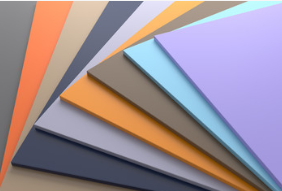
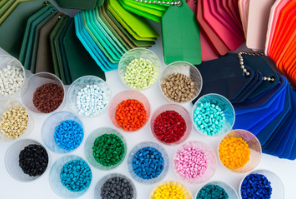
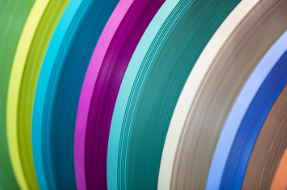
PVC is an intrinsically low-carbon plastic: 57% of its molecular weight is accounted for by chlorine derived from common salt, 5% by hydrogen and 38% by carbon. It is recyclable and is increasingly being recycled. The European PVC industry has been working hard to boost collection and improve recycling technologies.
Several recent eco-efficiency and LCA studies of major PVC applications have shown that in terms of energy use and GWP (global warming potential), the performance of PVC is comparable to that of alternative products. In many cases, PVC applications resulted in both lower total energy consumption and lower CO2 emissions.
Due to its light weight, durability and stability, PVC can offer energy, cost and material efficiency gains for sectors such as building and construction, water distribution, health and transportation. Whether it is rigid or flexible, PVC(decorative film pvc) helps to make cars lighter and resistant against corrosion, it enables windows to last longer, allows fresh water delivery through the use of durable piping, and stores blood to save and improve people's lives.
A unique advantage of PVC is the possibility is its ability to enable inovation: its formula can be changed to produce new applications with improved safety and eco-efficiency, while maintaining the same level of technical performance.







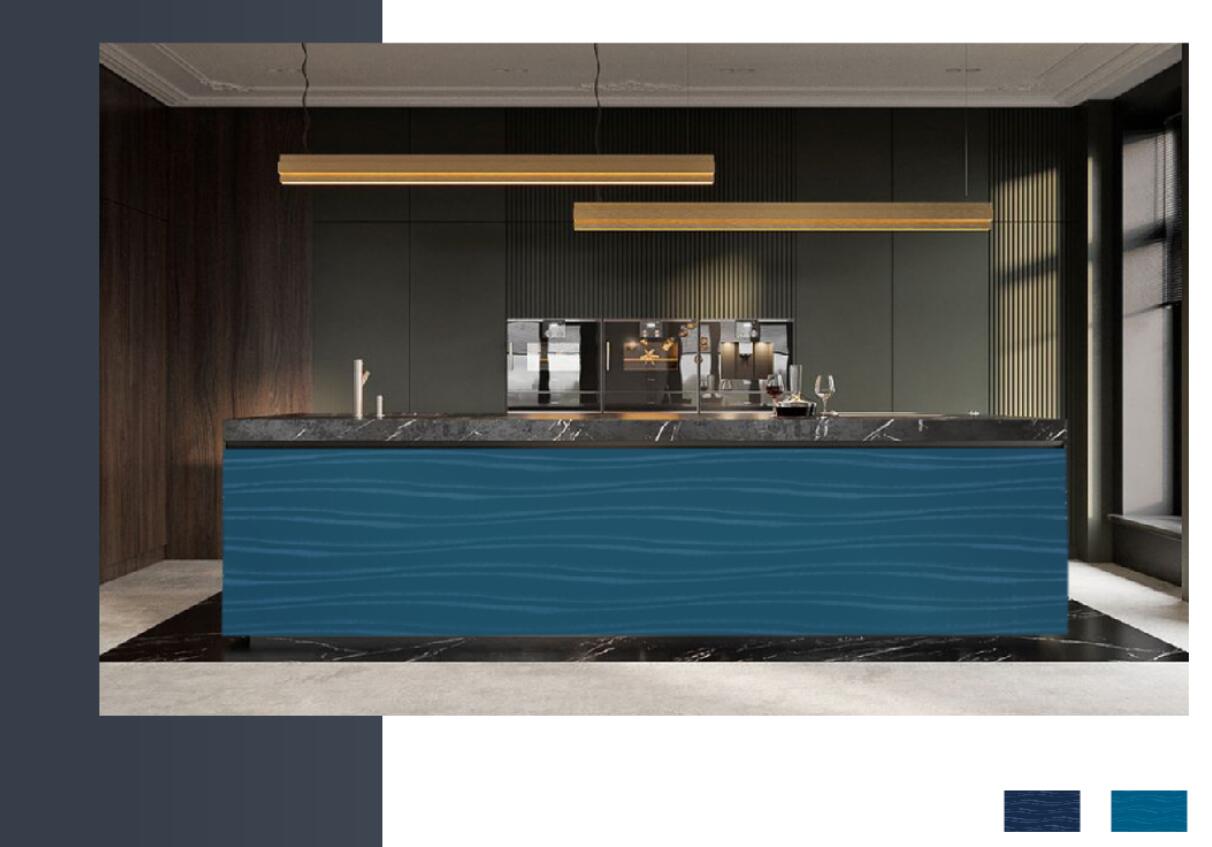
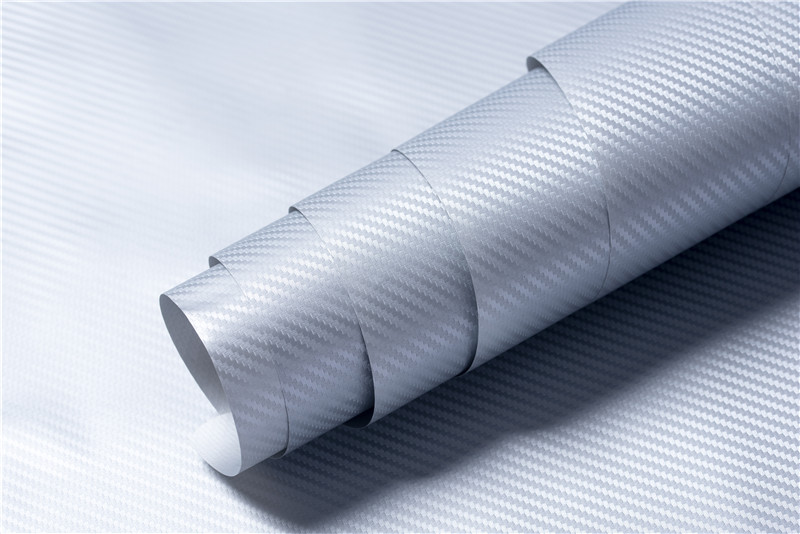
Leave a comment